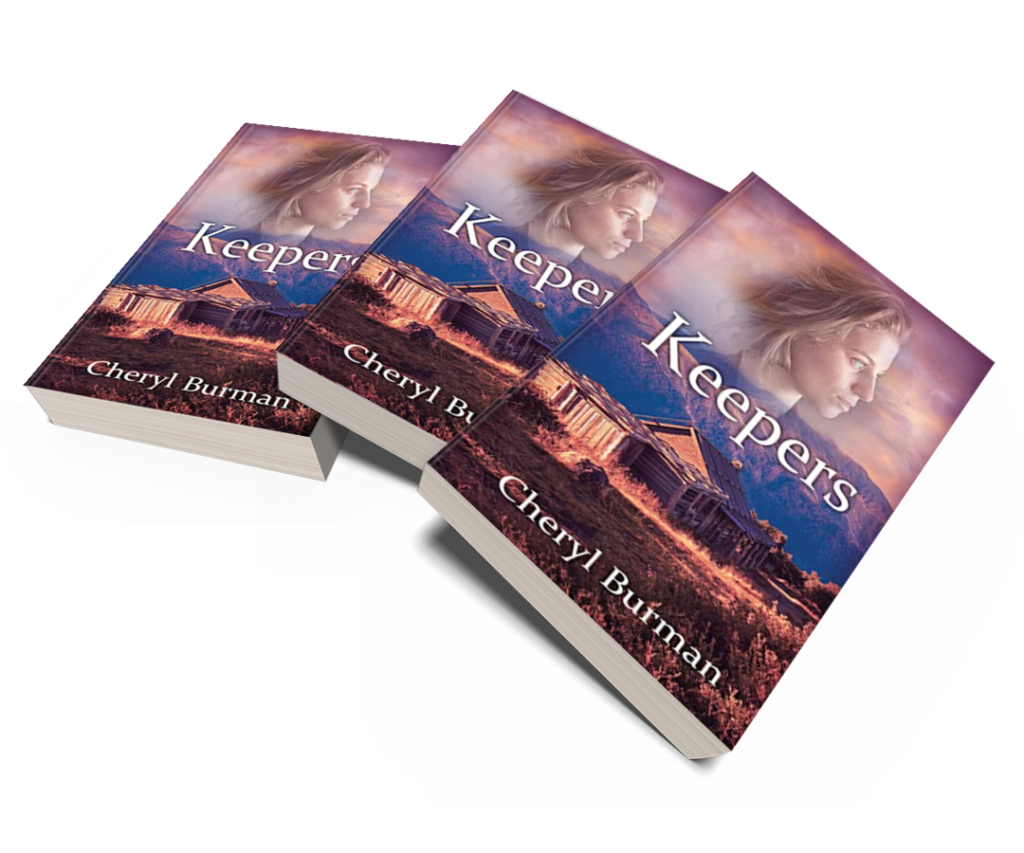The WHY, WHO, WHERE, WHEN, WHAT and HOW of scenes
In editing my current WIP, I found I had snippets of advice about scene essentials gleaned from books, blogs and webinars tumbling through my head like circus acrobats – and as hard to pin down. Off I went then, to gather what I could find into a semblance of order.
This is how it fell out. Sorry about having to re-order the traditional who, why, where, what and when – this works better for a logical approach to scene essentials.
WHY do you need this scene?
The very first question to ask. Because if the scene can be scrapped, you can save a lot of effort. When drafting, I sometimes find myself repeating things or simply writing what’s in my head as a kind of reminder of where I’m going with this story. Editing is the time to check this out and get rid of redundancy.
Ask yourself:
What’s new here? Is a character being introduced, a state of mind revealed, a new setting, a new piece of the plot added?
If I took this scene out, would it make any difference to the story?
If there’s bits in here I need, can I put them somewhere else and scrap the useless prose (might even involve killing darlings!)?

An example of why a scene is needed: there’s one in Keepers which, despite being well past the middle of the novel, is the first time the reader hears the story from one of the well established male protagonist’s point of view. Here we learn at last what’s going on in this character’s head and can begin to understand the drivers behind his actions. Up until then, what he’s done has all been interpreted by other characters. Without the scene, we wouldn’t have a chance to build empathy, or at least sympathy, with this character.
WHO are we hearing?
Be clear whose point of view we’re in for the duration of the scene.
The WHO of a scene is simple, yet something often overlooked. Unless you’re clever enough to get away with omniscient POV, the rule of thumb is one character’s POV per scene.
Also, be aware which characters actually have POVs in the story. I realised I’d written a scene from a non-POV character’s perspective in my current WIP. Whoops! I reviewed the scene to change the POV and realised it was a useless scene in any case. It gave no new information and nothing happened. Cut and pasted to the ‘spare bits just in case’ document (never delete anything!).
WHERE are we?
We can use description, making sure to include sensory details like smells and noises, to capture the relevant mood while providing a location for the scene. It helps put the reader in the right frame of mind for what’s to follow.
Scene setting doesn’t always have to be dramatic – it could be as prosaic as the kitchen, but if we provide some telling detail about the state of the kitchen (pristine, or unwashed cereal bowls and smoke-streaked walls) we can encourage the reader in the emotional direction we wish to take them.
Here is the beginning of my prize-winning short story, Sabrina Rising, which, I hope, sets up warning signals as well as simply telling us there’s a storm brewing:
Agnes has a headache. The thick air presses her temples, her heavy-lidded eyes squint despite the lack of sun. She glances up, for the hundredth time that morning. Black clouds broil above the fields, frothing like a mad dog’s spit, resisting the wet wind tossing them across a purple sky to merge with the distant mountains. The wind is false, mild, non-wintry.
Image by Dimitris Vetsikas from Pixabay

WHEN is the action taking place?
Setting the reader in historical time is important, as I discovered when a beta reader assumed River Witch was set in the 1600s rather than the late 1800s. There were some clues this was not the case, but obviously they were too subtle! I solved the issue by having a portrait of Queen Victoria on the farmhouse wall.
But there’s also the question of whether this is the appropriate place in the story for this scene. If your book is straight chronologically, this is unlikely to be a problem, but if there are parallel scenes in time happening to different POV characters, check if one should be told before the other. There might, for example, be some foreshadowing in one character’s scene which becomes more meaningful if read before the other scene. Flashback is also tricky here. It was pointed out to me in one book that some scenes told in flashback shouldn’t have been because they were key scenes, even major turning points. I changed them.
WHAT’s happening in the scene?
In order to engage attention, we need a mix of dialogue, action, and description (albeit brief brush strokes of the last, not paragraphs). Use these to reveal what CHANGE the scene brings about. Because at the end of it all, every scene needs to move the characters and the story forward.
Are the stakes raised? Is there tension, conflict happening? Is there a new character? Or a new piece of information which adds to the plot or even changes everything?
By the end of the scene the thoughts/physical states of the characters and/or the progress of the story have to have changed. If not, why have the scene there at all (back to that again)? Readers are likely to go, ho hum, nothing happening here.
HOW does the scene begin and end?
One of the most important of the scene essentials.
Each scene, like the book itself, needs a beginning, middle, end.
Is the beginning catchy enough to make the reader want to carry on? It doesn’t have to be an exciting bit of action (whatever else you’ve read). Depending on your story, it might be internal dialogue, or scene setting (as above), but it has to capture attention. Rambling bits of backstory and long descriptions of the dark, cold night are unlikely to do so (unless something lurks in the dark, cold night).
Here’s a scene starter from Keepers which I like because it involves heavy action, reveals a character’s state of mind, and gives initial momentum to the scene:
Alf lets the bike have its head, kicking up stones which punch the eucalypts lining the track in unsatisfying imitation of how Alf wants to punch Teddy.
Similarly, HOW will the scene end? Cliff hangers, or an unanswered question, are sure to get the reader turning the page. Again, the cliff hanger doesn’t need to literally be hanging off a cliff, but a character reaching a decision they need to act on, or having a light bulb moment can have us reading on.
Here’s another from Keepers, which is important because the reader knows the character who asks the question secretly hopes Raine will say ‘No’.
‘And walking out on you and Stevie? Would you take him back?’
Raine’s answer is slow, but deliberate. ‘Once, I would have said yes in a heartbeat. Now, I don’t know anymore.’
What’s he to make of that? Hope? Does she mean it? You have to read on!
I’m sure many of you have points to add to this brief overview of scene essentials. And, as ever, these are guidelines not immutable rules. But checking the WHY, WHO, WHERE, WHEN, WHAT and HOW of each of your scenes will, I promise, throw up areas to work on and make your novel shine.
Happy writing!
For more writing tips, explore here.
Share this post!
Tweet